What is an ESOP?
Employee Stock Ownership Plans, or ESOPs, are tax-advantaged defined contribution retirement plans primarily designed to hold company stock. Unlike traditional stock ownership, employees do not directly hold the stock. Instead, the ESOP acquires and retains it in a trust, along with other assets such as cash. Employees are the beneficial owners of the trust’s assets, and they benefit from the appreciation in the company’s stock value over time.
Contributions to an ESOP come directly from the company rather than employees. These contributions are allocated to employee accounts, which vest over time. Upon leaving the company, employees receive distributions based on the appraised value of the stock held in their accounts.
ESOPs are unique in that they focus primarily on employer stock. They can be implemented in either publicly traded or privately held companies, though only corporations—specifically C or S corporations—are eligible to sponsor an ESOP. Common stock or preferred stock convertible into common stock are the permissible securities for ESOPs. In some cases, ESOPs involve debt financing, often referred to as leveraged ESOPs, which enable the trust to purchase significant stock holdings.
The primary purpose of an ESOP is to facilitate the transfer of ownership from a company to its employees. In doing so, ESOPs can serve as a strategic tool for succession planning, employee engagement, and long-term organizational growth.
Reasons for Establishing an ESOP:
Businesses establish ESOPs for various reasons. Some organizations might consider an ESOP structure if they are facing high levels of employee turnover. Research has demonstrated that giving employees an ownership stake in their companies can enhance retention. ESOPs also serve as a tool for protecting the company from takeovers, acting as a financing mechanism, or transitioning the company to private ownership. Additionally, ESOPs offer significant tax incentives, making them attractive to many business owners. Oftentimes, organizations opt to establish an ESOP for a combination of the above reasons.
Steps for Establishing an ESOP
Each company should have a customized approach to transition their organization to an ESOP structure, but the core steps remain the same:
- Set up the ESOP and trust: The company creates the ESOP plan and establishes a legal trust to hold plan assets for employees’ benefit.
- Fund the ESOP: The company funds the trust by contributing stock or cash.
- Purchase stock: The ESOP trust buys stock from existing owners at its appraised fair market value and allocates it to employee accounts.
- Vesting: Employees vest in their accounts over time, allowing them to benefit from the appreciation in stock value.
- Distributions: When employees leave the company, they receive the value of their accounts based on the stock’s appraised value or the ESOP’s buyback offer.
ESOPs are increasingly gaining popularity in the manufacturing and construction industries as organizations navigate staffing, economic, and other market challenges. As of 2021, manufacturing organizations represented 20% of private ESOPs operating in the United States, with construction following closely behind at 16%. ESOPs can be a powerful tool for fostering long-term organizational success. Our team of Tax and Business advisors is here to help you determine if this structure is a good fit for your business.





